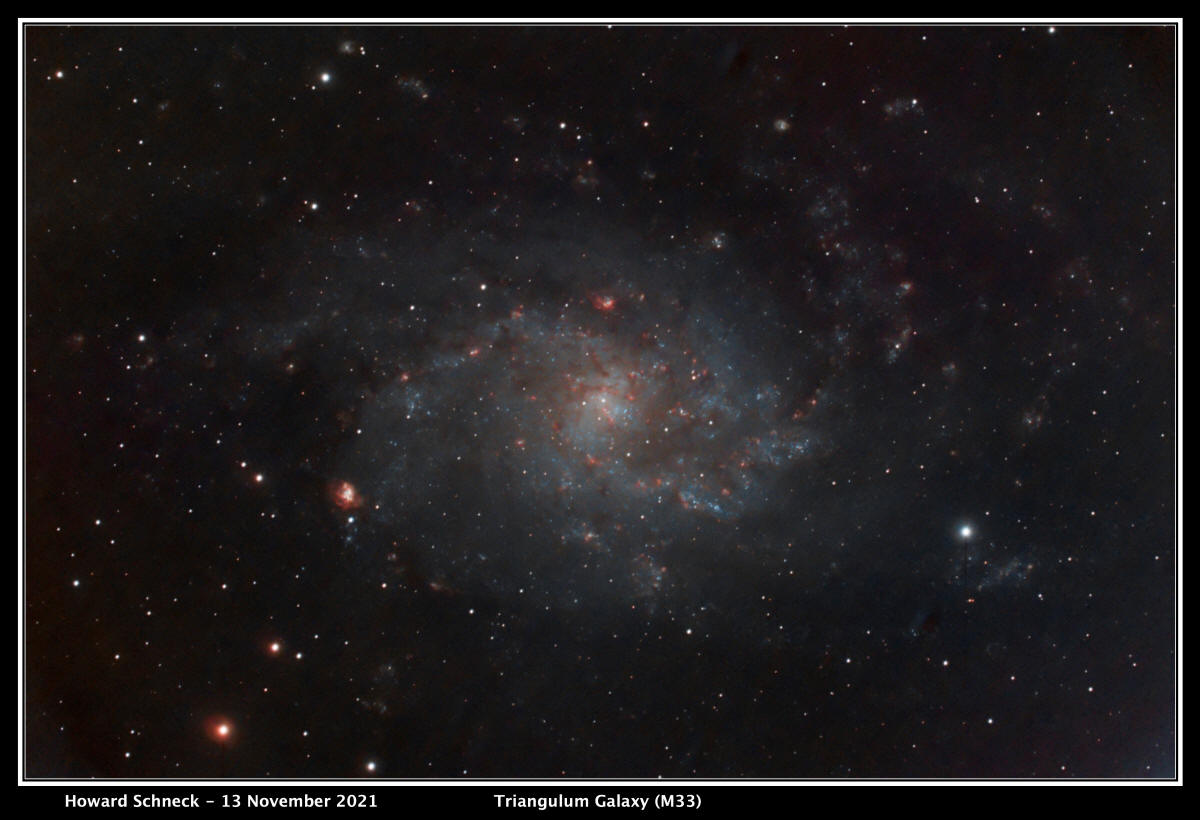 |
President: Vice President: Secretary: Treasurer: |
Al Meloni Wade Evans Suzanne Leap Jim Brennan |
 |
West Jersey Astronomical Society www.wasociety.us
Welcome to the Official Home Page of the West Jersey Astronomical Society (additionally known as the Willingboro Astronomical Society). Our club is in its 54th year of serving both the public and the amateur astronomers of the Delaware Valley. We have a long history of public education, star parties, interesting meetings, in-depth training and experienced leadership. We are a 501(c)(3) tax-exempt organization. Click here for membership information. Use of the Barnegat Road Observing Site in the dark New Jersey Pines is available to members in good standing.
Announcements Last Update: Saturday, November 27, 2021
| Nov 27 |
With great sadness, we mourn today's passing of long-time member, Alan
Daroff. Alan Daroff, circa 2001 |
| Dec 3 | Formal Meeting, at the Virtua Health and Wellness Center in Moorestown, NJ, 7:00 pm. We are now meeting in-person at Virtua! It will also be simulcast via Zoom (log-on information posted to the WAS e-group). Guests are welcome at Virtua. Elections for the 2022 Officers will be held. |
| Dec 4 | New Moon at 2:43 am EST in southern Ophiuchus. |
| Dec 13 | The Geminid Meteor Shower peaks overnight, about 2 am EST on Dec 14, but the ten-day-old Moon will interfere somewhat. However, for 40°N-75°W, the Moon sets at 2:52 am and astronomical twilight begins at 5:37 am EST. |
| Dec 17 | Informal Meeting, at the Virtua Health and Wellness Center in Moorestown, NJ, 7:00 pm. |
| Dec 18 | Full Moon at 11:35 pm EST in eastern Taurus. |
| Dec 21 | Solstice at 10:59 am EST, the Winter Solstice for the Northern Hemisphere (the Sun will be in Sagittarius). |
| Note: | The Public Star Watch season for 2021 at Batsto was lost to COVID-19 restrictions; hopefully, we'll be back in 2022. Member observing at the Barnegat Road Observing Site commenced in July 2021 (sessions organized through the WAS e-group), and soon, we expect to be able to observe again at Atsion Field in Wharton State Forest. |
Photo Spotlight Image posted 11.22.2021

As indicated in the picture frame, this splendid image of M33, the Triangulum Galaxy, was recently captured by club member Howard Schneck. M33 (Messier 33) is, of course, located in the constellation Triangulum. Like our own Milky Way galaxy, M33 also has numerous "deep sky objects," several with their own NGC (New General Catalog) designations, mouseover for labels. In particular, NGC 604 is an H-II region (similar to, but much larger than M42 in the Milky Way's Orion), can be seen in moderate-size amateur telescope. Under a truly dark sky, M33 is visible with unaided eyes. The labeled star, magnitude 8.1 HD 9483, is in the Milky Way, as are the other foreground stars.
This image was captured from suburban Mt. Laurel, NJ. Howard used a modified Canon EOS T3 digital SLR camera (with a clip-in CLS light pollution filter) at the prime focus of a Celestron Edge HD8 telescope with a focal reducer, yielding a net focal length of 1488 mm. The optical assembly tracked on a Sky-Watcher NEQ6 Pro German equatorial mount guided by an Orion 60 mm guidescope (240 mm focal length) and a ZWO ASI120MM-S camera. It's stack of 29 x 300-second exposures for a total integration time of 2.4 hours (plus 30 flats). Capture was done with NINA, PHD2 and Stellarium. Processing was done with PixInsight.
Click here for the
previous home page image.
Click to contact the
. Members are encouraged to submit their astronomical images to the
webmaster for inclusion on the WAS Home Page. Be sure to include a description,
date and time, as well as equipment and photo data.
Astrospheric Forecast for the Barnegat Road Observing Site
Star & Constellation
Pronunciation Guides
Lunar X predictions for August through
December 2021
Alan Daroff submitted this challenge: He took a snapshot of his
TV screen saver showing the Summer Milky Way as viewed from Thailand, so the
orientation differs from what we would see at 40°N. Three major planets are in
the TV image, can you find and identify them, and based on their position, can
you tell when the TV image was taken? Here's a
smaller version
(2400 x 1800, 369 KB) and here's the larger
original version
(4032 x 3024, 2.56 MB). Bonus question: Can you identify the bright celestial
object near the right edge of the TV screen? Ignore the room reflections at the bottom
and the right-hand side of the TV screen.
Posted 03-Sept-2021.
During the meeting on Sept 17, we
reviewed the picture. Here's a
labeled version
showing the solution.